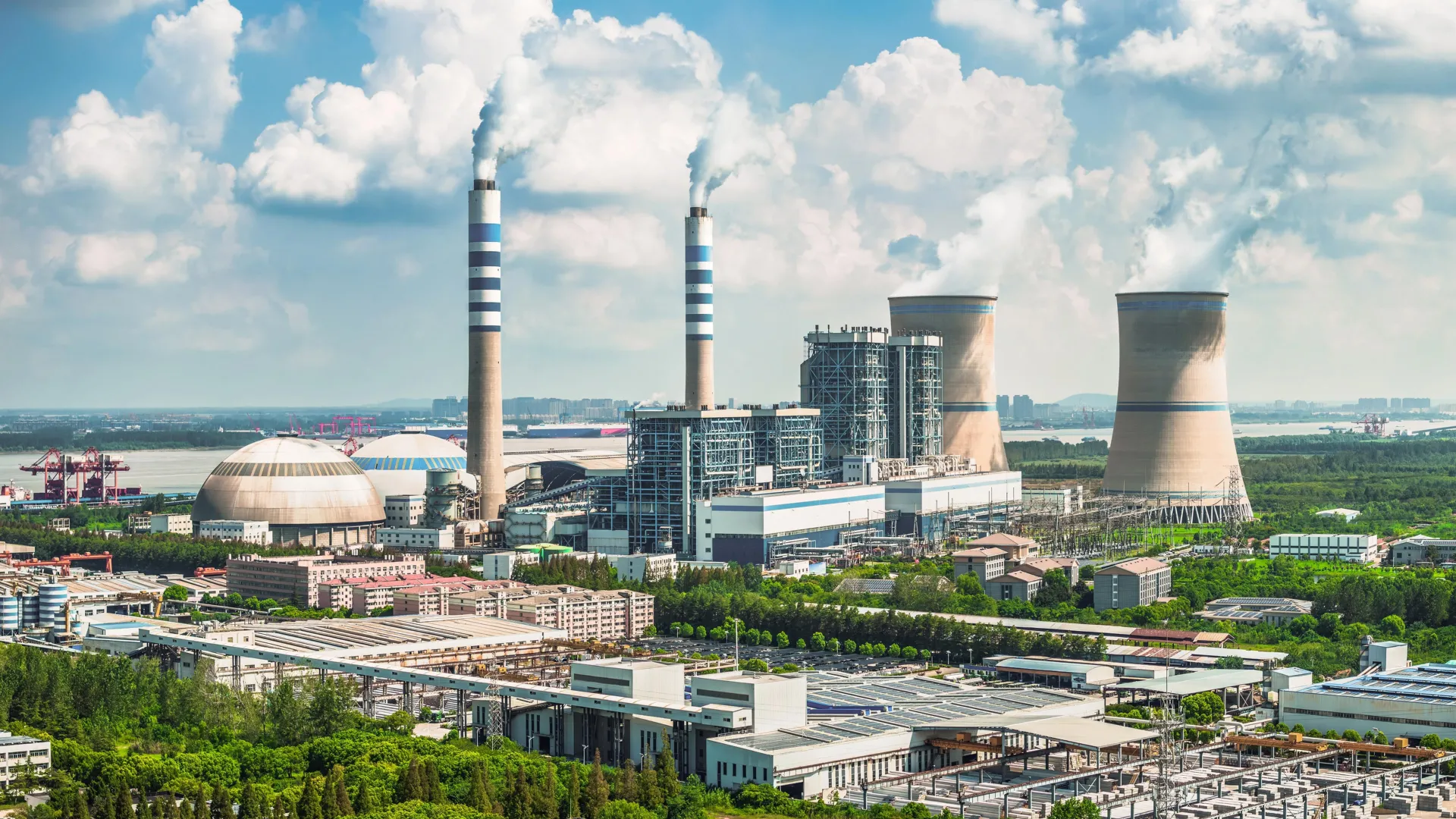Bamboo tissue paper may not be as eco-friendly as you think
- Date:
- November 3, 2025
- Source:
- North Carolina State University
- Summary:
- Bamboo tissue paper, often marketed as an eco-friendly alternative, may not be as green as consumers think. Researchers at NC State University found that while bamboo fibers themselves are not more polluting than wood, China’s coal-dependent energy grid results in a higher carbon footprint for bamboo-based products compared to North American wood tissue. The study emphasizes that manufacturing technology and energy sources play a greater role in sustainability than the choice of fiber.
- Share:

Bamboo-based tissue paper from China has become a popular option among consumers seeking eco-friendly products. Yet new research indicates that these bamboo paper goods may not be as sustainable as many believe. In fact, when compared with tissue produced in North America, some bamboo varieties may have a larger environmental impact.
Researchers at North Carolina State University analyzed the environmental footprint of bamboo tissue manufactured in China alongside traditional wood-based tissue produced in the U.S. and Canada. Their findings revealed that the bamboo material itself did not generate higher greenhouse gas emissions than wood. However, the heavy dependence on coal within China's power grid substantially increased overall emissions during production compared with the cleaner energy sources used in North America.
Energy Sources Matter More Than the Fiber
"As far as emissions go, the technology used to create hygiene tissue paper is far more important than the type of fiber it's made from," explained Naycari Forfora, the study's lead author and a Ph.D. candidate at NC State's College of Natural Resources. "Because the Chinese power grid is so reliant on coal for power, emissions throughout the entire tissue supply chain are higher than what we saw with the wood-based option."
Co-author Ronalds Gonzalez, an associate professor at NC State, noted that bamboo tissue production is not inherently more sustainable than tissue made from other wood sources.
"Bamboo is a crop like any other, and it goes through the same production processes as Brazilian or Canadian wood," Gonzalez said. "Consumers often think of bamboo as a 'tree-free' option, but the trees used to make tissue are planted and harvested the same way that bamboo is. When you then factor in how coal-reliant the Chinese mills are, you start to see how emissions from this product are actually higher than others."
Measuring the Climate Impact
According to the study, manufacturing one ton of bamboo tissue in China produces about 2,400 kilograms of carbon dioxide equivalent, compared to 1,824 kgCO2eq/ton for wood-based tissue made in the United States. Bamboo tissue from China also performed worse in several environmental impact categories, including smog formation, respiratory effects, and ecotoxicity.
However, when bamboo tissue was produced in regions that rely on cleaner energy grids, these differences largely disappeared. The researchers emphasized that advances in manufacturing technology and power generation have a far greater effect on lowering emissions than simply changing the raw material.
Advancing Sustainable Fiber Research
The authors are members of the Sustainable & Alternative Fibers Initiative (SAFI) at NC State, a global research coalition focused on improving the sustainability of both conventional and emerging fiber sources. SAFI includes more than 30 partners from industry, academia, and government who work together to promote innovation and responsible production practices.
The study, titled "Comparative life cycle assessment of bamboo-containing and wood-based hygiene tissue: Implications of fiber sourcing and conversion technologies," was published in Cleaner Environmental Systems. Co-authors include Rhonald Ortega, Isabel Urdaneta, Ivana Azuaje, Keren A. Vivas, Hasan Jameel, and Richard Venditti of NC State.
Story Source:
Materials provided by North Carolina State University. Note: Content may be edited for style and length.
Journal Reference:
- Naycari Forfora, Rhonald Ortega, Isabel Urdaneta, Ivana Azuaje, Keren A. Vivas, Hasan Jameel, Richard Venditti, Ronalds Gonzalez. Comparative life cycle assessment of bamboo-containing and wood-based hygiene tissue: Implications of fiber sourcing and conversion technologies. Cleaner Environmental Systems, 2025; 19: 100337 DOI: 10.1016/j.cesys.2025.100337
Cite This Page: